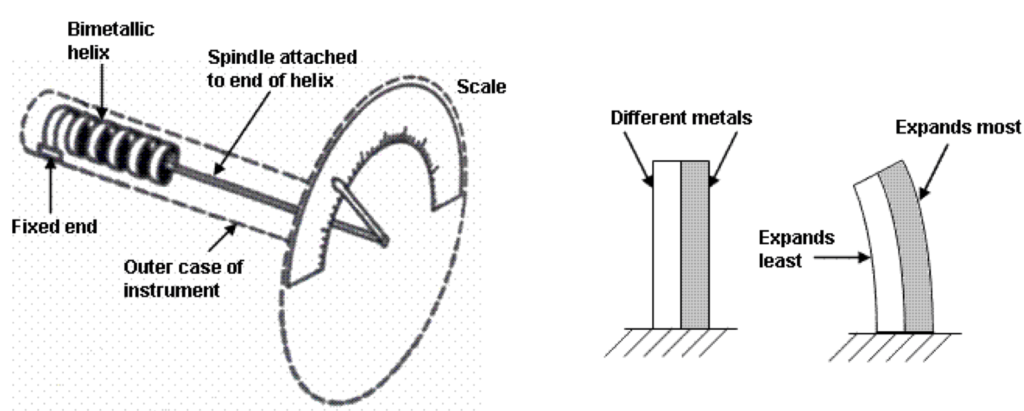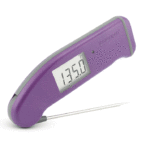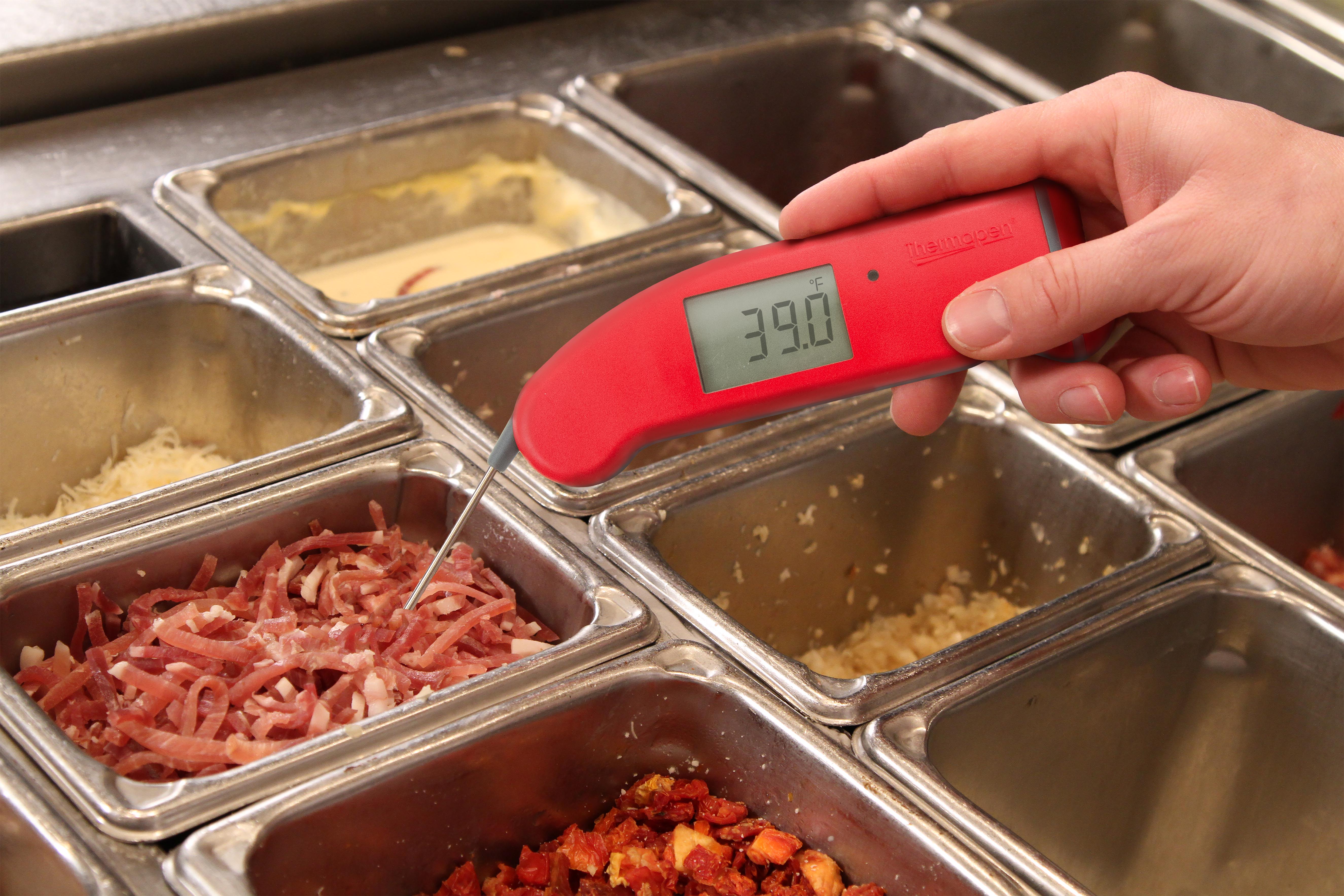Standard dial probe thermometers are famously inexpensive, generally $6 or less. That’s not much cash to lay out to fulfill the basic food code requirement of checking the temperature of your food, right?
The True Cost of a $6 Thermometer
But did you know there are hidden costs to using a cheap dial thermometer that far outweigh the cost of simply buying a Thermapen® in the first place?
Cheap thermometers work by sandwiching two different types of metal together to form a spring. As temperature changes, the different types of metal expand and contract at different rates, causing the dial on the end of the spring to turn and indicate a temperature on the dial.

This mechanical process takes time to register a temperature, and ends up averaging the various gradients of temperature across the full length of the spring in the probe before the spindle on the dial comes to rest. And all those extra seconds add up pretty quickly.
Putting Cheap Thermometers to the Test
We recently conducted a timed food safety checklist experiment using both a $6 bi-metal stem, and the ThermoWorks® Thermapen. The experiment included an ice bath validation and 5 checklist items. The participants cleaned each probe between temperature checks, then recorded the temperature displayed on a clipboard as per standard HACCP procedure.
What we found:
The average length of time for a bi-metal stem thermometer to read and accurately display temperature and the participant to write the temperature on the clipboard was 35 seconds per checklist item. The same checklist, when done with a Thermapen took only 12 seconds per checklist item. The big reason for the difference in time was that the Thermapen only took 2-3 seconds to display a correct temperature, where the bi-metal probe took 20-25 seconds.
The hard costs:
Using the data in our study, we calculated that a restaurant with 20 checklist items doing a food safety checklist 3 times per day spends 35 minutes a day if using a bi-metal stem and only 12 minutes using the Thermapen. Using the current minimum wage of $7.25 per hour as a labor cost, we found that using a Thermapen for food safety line checks pays for itself in less than 35 days. It really is cheaper to use a $99 thermometer.
But the test exposed something else too…
Other costs:
The temperatures determined using the cheaper thermometer were also wildly inaccurate. In some cases the user recorded temperatures as much as 5°F (2°C) different than the actual temperature of the food. Upon investigation, the deviations were caused by user error. If the dial were read slightly off axis, the indicator needle inside the bi-metal could seem to reflect the wrong final temperature. Or, in some instances, the operator didn’t wait quite long enough for the bi-metal stem to rise to its final reading temperature before recording, because the process takes so long.
Stop paying so much for food checks. Get faster, more accurate results with the Thermapen.
Product Featured:




Leave a Reply